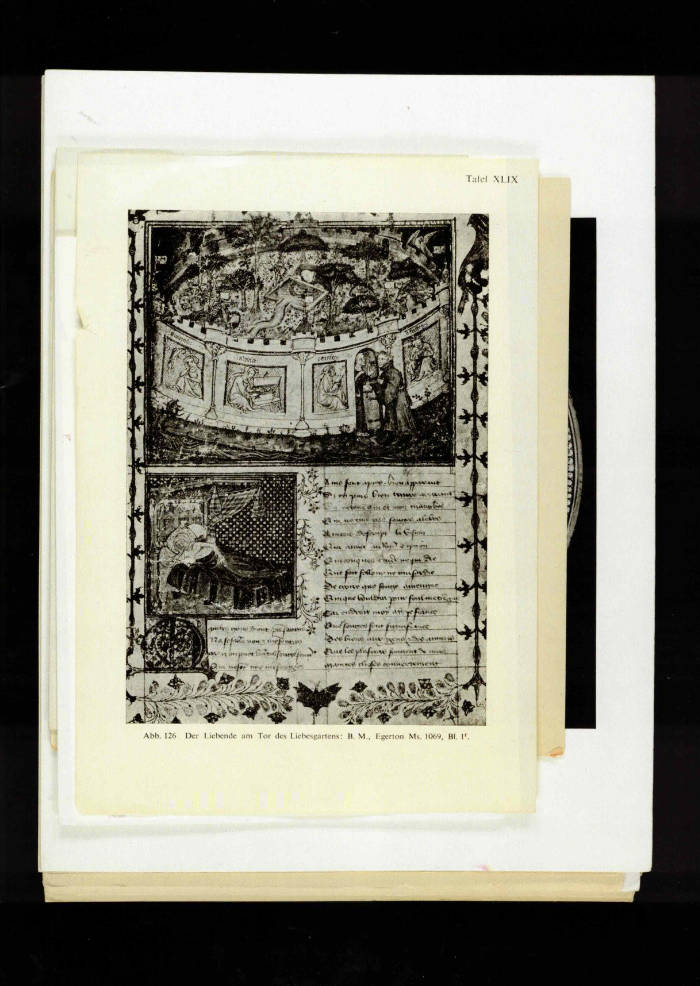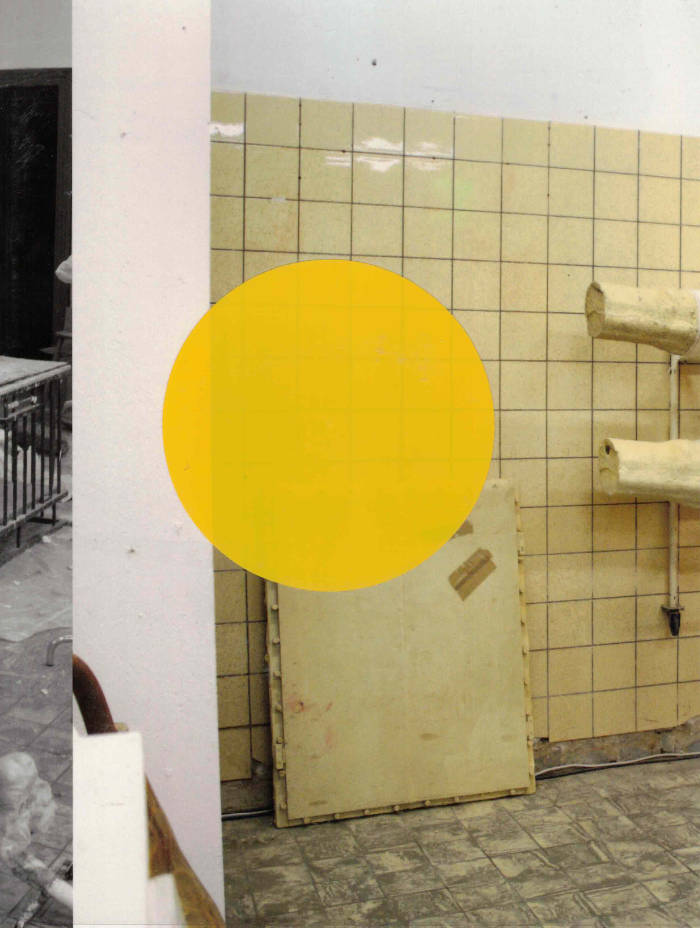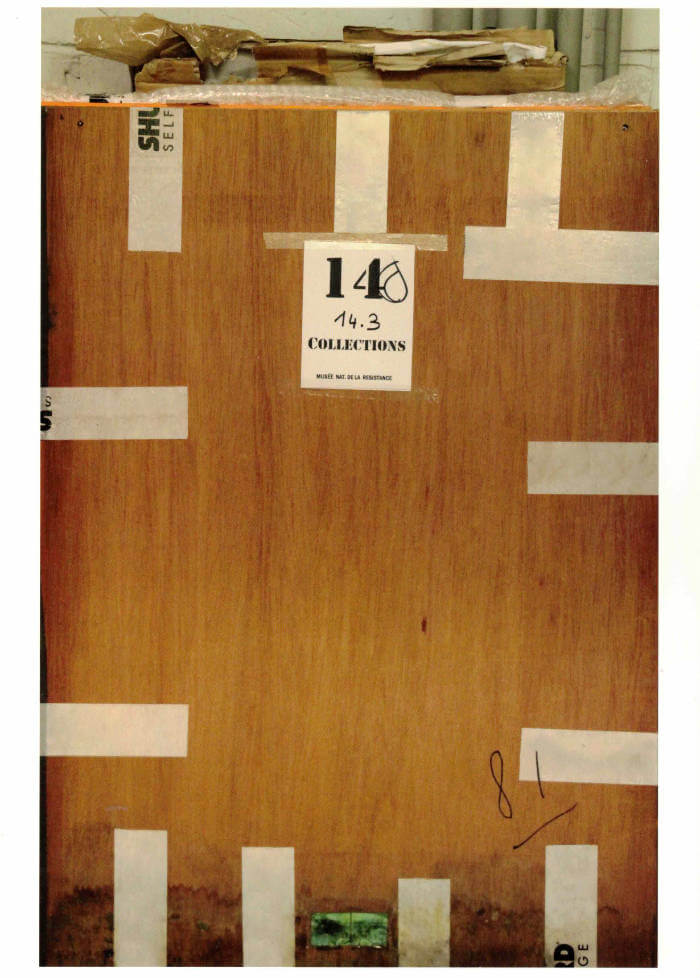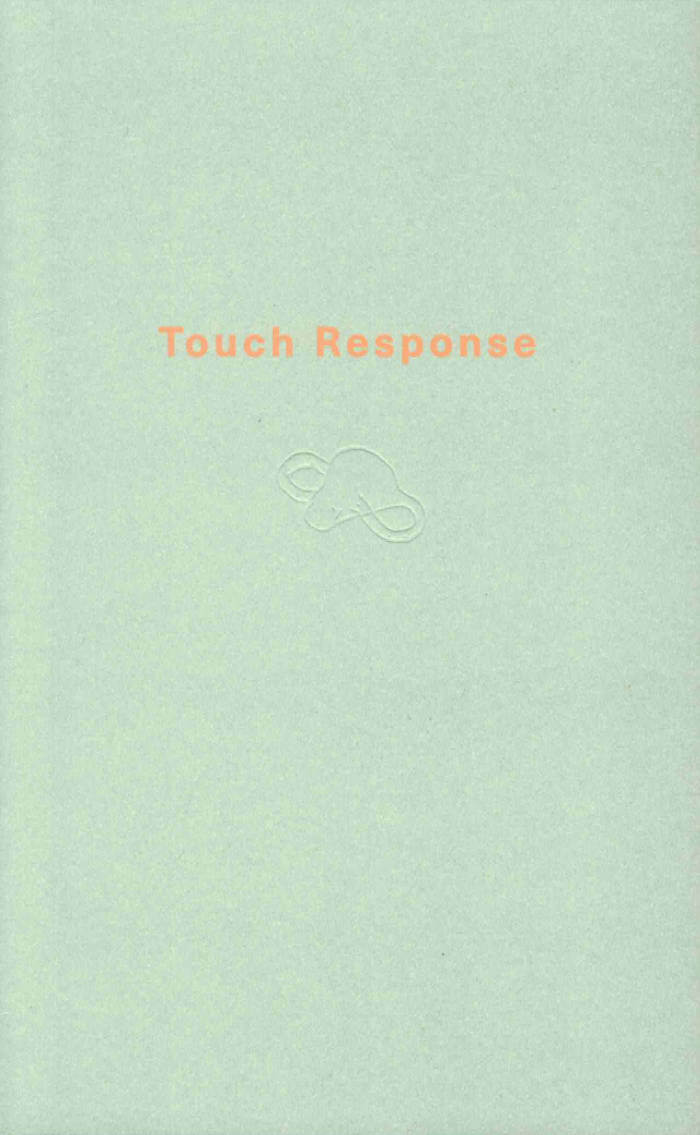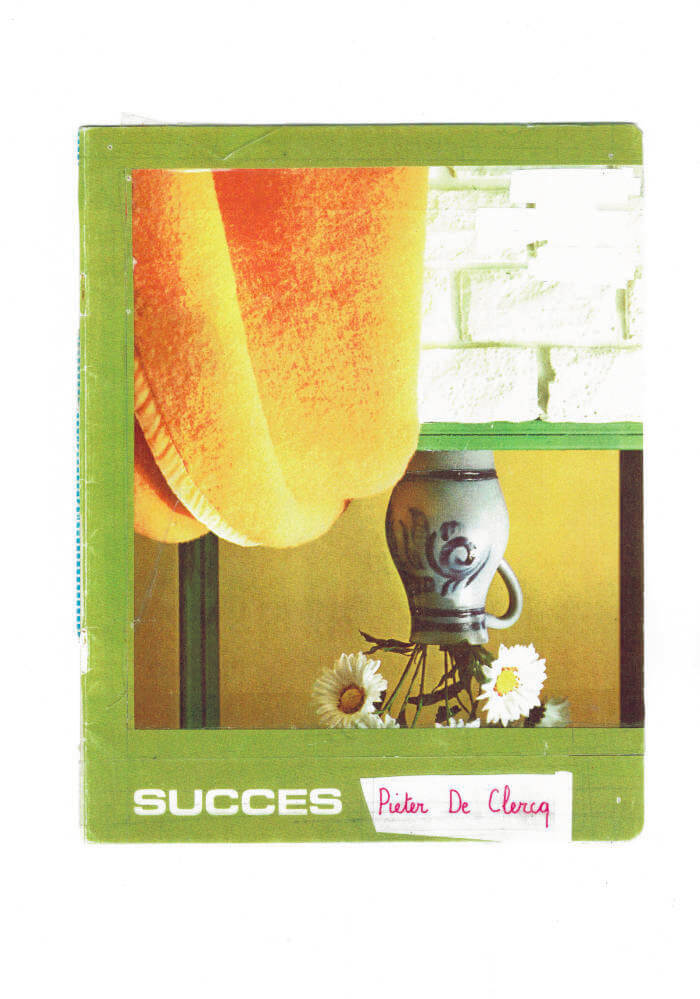
SUCCES
kunststof (20x) kunststof kunststof kunststof
kunststof kunststof kunststof kunststof
kunststof kunststof kunststof kunststof
kunststof kunststof kunststof kunststof
Kunststof
Digital print
104 pages
Edition of 50
21 x 29,7 cm
More images at https://infinitif.org/SUCCES
